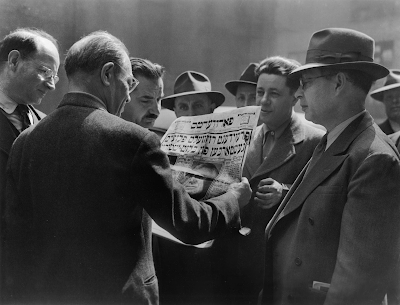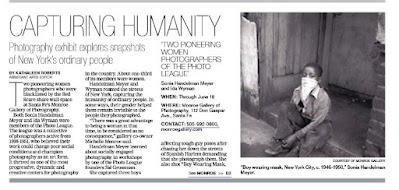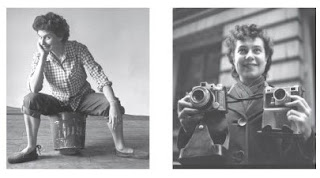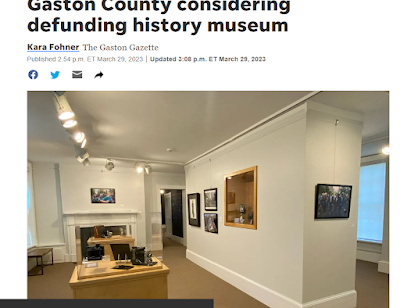Sunday, April 23, 2023
Two pioneering women photographers who were blacklisted by the Red Scare share wall space at Santa Fe’s Monroe Gallery of Photography.
Both Sonia Handelman Meyer and Ida Wyman were members of the Photo League. The league was a collective of photographers active from 1936-1951, who believed their work could change poor social conditions and champion photography as an art form. It thrived as one of the most progressive, dynamic and creative centers for photography in the country. About one-third of its members were women.
Handelman Meyer and Wyman roamed the streets of New York, capturing the humanity of ordinary people. In some ways, their gender helped them remain invisible to the people they photographed.
“There was a great advantage to being a woman at that time, to be considered as no consequence,” gallery co-owner Michelle Monroe said.
Handelman Meyer learned about socially engaged photography in workshops by one of the Photo League founders Sid Grossman.
She captured three boys affecting tough guy poses after chasing her down the streets of Spanish Harlem demanding that she photograph them. She also shot “Boy Wearing Mask, New York City” (1946-1950), an image less mysterious that it seems.
“He was playing cops and robbers,” Monroe said. “The way he’s looking at her; there’s a lot of ambiguities about that child. Was he playing? Is it mistrust? Was it just an interruption from an adult? He’s just playing.”
Wyman photographed for Life and Business Week magazines, as well as her own enjoyment. Her work went unheralded for decades.
She was 19 and working in Manhattan as a photo printer for the Acme Newspictures agency when she photographed several men in Manhattan’s garment district in April 1945. One held up a copy of The Jewish Daily Forward, the Yiddish-language newspaper, as the others read about President Franklin D. Roosevelt’s death. Wyman’s “Looking East on 41st Street, NYC” (1947) down a canyon of skyscrapers captures the majesty and industry of the city.
“Men of the Garment District Read of President Roosevelt’s Death, NYC, 1945,” Ida Wyman. (Courtesy of Monroe Gallery)
Before Handelman Meyer and Wyman, women were often assigned to shoot department store openings, Monroe said.
In 1947, the Photo League appeared on a long list of organizations identified with the Communist Party. Efforts to counter the allegation included a large exhibition, “This Is the Photo League.” But in 1949, Angela Calomiris, a Photo League member and F.B.I. informant, publicly testified that members of the organization were Communists. The League disbanded in 1951, a casualty of the Red Scare.
The league’s secretary at the time, Handelman Meyer answered the office phone when requests for comment about the accusations poured in from the media. She also received threatening calls.
“It got to be too much,” she told The New York Times. “They were blacklisting people. There were photographers who could not get their passports for overseas jobs. Little by little, it dissolved.”
When the league closed, Handelman Meyer put her photos and negatives in boxes and moved on with her life. They wouldn’t be opened for many years.
In the early 1940s, the list of notable photographers who were active in the league or supported their activities also included Margaret Bourke-White, W. Eugene Smith, Helen Levitt, Farm Security Administration photographer Arthur Rothstein, Beaumont Newhall, Nancy Newhall, Richard Avedon, Weegee, Robert Frank, Harold Feinstein, Ansel Adams, Edward Weston and Minor White.
‘Two Pioneering Women Photographers of the Photo League’
Sonia Handelman Meyer and Ida Wyman
WHEN: Through June 18
WHERE: Monroe Gallery of Photography, 112 Don Gaspar Ave., Santa Fe
CONTACT: 505-992-0800, monroegallery.com








